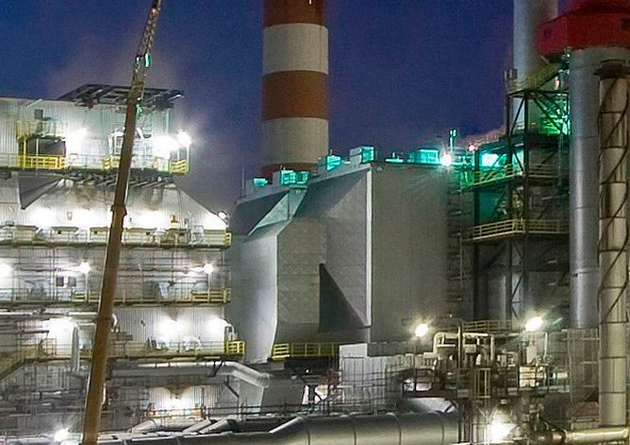Emissions control solutions for carbon black production exhaust gas
by Ernesto Vera-Castañeda, DuPont Clean Technologies
Across the globe, governments and communities are focused on reducing pollutants that have
adverse environmental and health effects. Particulate, sulfur dioxide and nitrogen oxides are of
specific concern. Carbon black production has been recognized as an industry that needs to
address stack emissions by many countries, communities and operators. By the nature of the
feedstocks used, which are derivatives of coal, natural gas and oil, sulfur dioxide (SO2) is present in
the off gas. The formation of nitrogen oxides (NOx) is also expected in the reactor based on process
temperatures. To curb emissions of SOx and NOx, many carbon black producers have incorporated
low sulfur fuels, low NOx burners and heat recovery into their process. However, there is a direct
relationship between carbon black production plant size and exhaust gas volume. Thus, with recent
industry consolidation and construction of larger plants, exhaust gas volumes have increased. With
environmental regulations continually tightening, producers may need to consider new, more
robust exhaust gas emissions control options to further drive down emissions.
Current exhaust gas emissions control measures typically consist of a bag house for filtering
particulate and a stream of unit operations to remove the various components
in the off-gas stream: wet electrostatic precipitators to remove fine particulate; a furnace for
combustion of carbon monoxide (CO), hydrocarbons and sulfur components like hydrogen sulfide
(H2S); selective catalyst reduction for nitrogen oxide treatment; and wet scrubbing for sulfur oxide
removal. In the case of wet scrubbing, the sulfur dioxide is reacted with a base such as caustic
(sodium hydroxide), lime (calcium oxide) or limestone (calcium carbonate), and then oxidized with
air, forming the corresponding sulfate which leads to a secondary effluent that must be removed
from the production site. The sulfate formed is sold as gypsum or disposed in a landfill. Depending
on the sulfate effluent composition, hazardous material disposal may be required. The costs for the
reagent, transportation and landfill must all be considered in the lifetime costs of using wet
scrubbing as a solution.
As an alternative to the wet scrubbing process, DuPont Clean Technologies offers a
concentration/conversion solution resulting in a salable byproduct, high strength (98.5%) sulfuric
acid (figure 3). This process combines MECS SolvR technology with the sulfuric acid production
contact process. The MECS SolvR system employs an environmentally friendly absorption solvent,
and is capable of removing sulfur dioxide from gas feed concentrations of 300 ppmv to 50 vol% in
the inlet gas. Typically, the system will reduce emissions below 20 ppmv. If lower emissions are
required, stripping steam can be increased incrementally and emissions can be lowered to below
10 ppmv. While this technology in combination with the sulfuric acid production contact process
requires a higher initial capital investment than wet scrubbing, it significantly reduces the secondary
sulfate effluent associated with wet scrubbing that is becoming increasingly problematic in many
world areas. The MECS concentration/conversion solution offers reduced equipment sizes due to
the higher concentration of SO2 in the gas stream before conversion to sulfuric acid. As such, lower
capital costs are incurred when compared to other sulfuric acid technologies currently available to
the carbon black industry…

